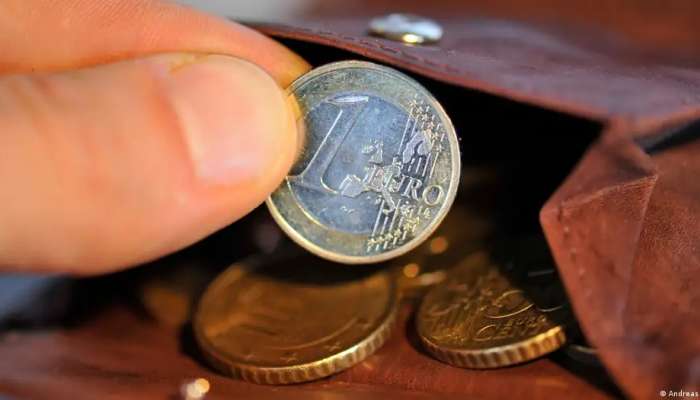
Brussels: Inflation in the 20-nation eurozone fell to 5.3 percent in July, down almost a percentage point from May, the EU statistics agency Eurostat said on Monday.
In June, the rate of inflation was 5.5 percent, as compared with 6.1 percent in May. The lower July rate is largely down to sinking energy prices, which sank by 6.1 percent, according to Eurostat.
The figures mean inflation in the eurozone, with its combined population of 346 million, is at its lowest since early 2022.
At the same time, Eurostat reported a 0.3 percent growth in the eurozone economy in the period from April to June. That compares with zero growth in the first quarter of the year.
The growth was given a boost by Ireland, whose economy grew by 3.3 percent, with France and Spain also above the eurozone average, posting 0.5 percent and 0.4 percent respectively.
Ireland's growth tends to oscillate widely, with many large international companies headquartered there.
Economy under continued pressure
Although the peak of inflation brought about largely by a spike in energy prices amid fallout from Russia's invasion of Ukraine would seem to be over, normal consumers still have to contend with relatively high prices in the grocery and clothing sector in particular.
The economy is also facing strain from the series of interest rate hikes — nine in a row — made by the European Central Bank as it seeks to bring inflation down to its 2% target in the long run.
The higher interest rates have meant increased mortgage rates and construction plans being dropped owing to a lack of affordable credit.
Germany, a eurozone member, registered a stagnant economy in the second quarter, while inflation stood at 6.2 percent in July, slightly over the eurozone average.